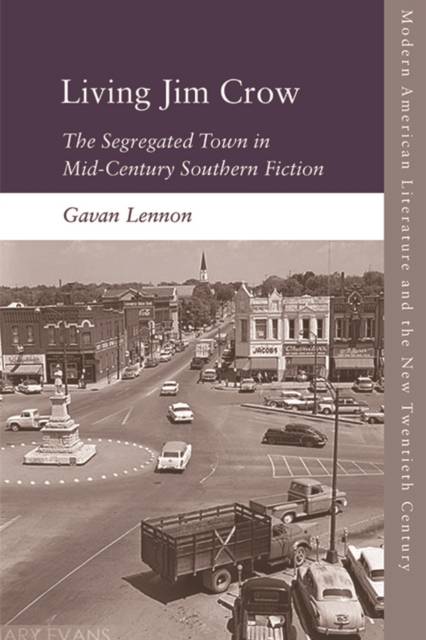
- Retrait gratuit dans votre magasin Club
- 7.000.000 titres dans notre catalogue
- Payer en toute sécurité
- Toujours un magasin près de chez vous
- Retrait gratuit dans votre magasin Club
- 7.000.0000 titres dans notre catalogue
- Payer en toute sécurité
- Toujours un magasin près de chez vous
57,95 €
+ 115 points
Description
Explores how novelists of the mid-century US South invented small towns to aesthetically undermine racial segregation
Investigates the role of writing in the civil right movementExplores neglected writersUncovers new readings of canonical textsModels a new form of critical reading based on close textual analysisInterrogates the relationship between literary production and social protestAnalysing the ubiquity of the small town in fiction of the mid-century US South, Living Jim Crow is the first extended scholarly study to explore how authors mobilised this setting as a tool for racial resistance. With innovative close readings of Zora Neale Hurston, Richard Wright, Lillian Smith, Byron Herbert Reece, Carson McCullers, William Faulkner and William Melvin Kelley, the book traces the relationship between activism and aesthetics during the long civil rights movement. Lennon reframes a narrative of southern literature during the period as one as one characterised by an aesthetics of protest, identifying a new mode of reading racial resistance and the US South.Spécifications
Parties prenantes
- Auteur(s) :
- Editeur:
Contenu
- Nombre de pages :
- 264
- Langue:
- Anglais
- Collection :
Caractéristiques
- EAN:
- 9781474461580
- Date de parution :
- 30-05-22
- Format:
- Livre broché
- Format numérique:
- Trade paperback (VS)
- Dimensions :
- 140 mm x 216 mm
- Poids :
- 308 g

Les avis
Nous publions uniquement les avis qui respectent les conditions requises. Consultez nos conditions pour les avis.






